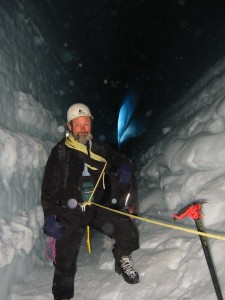The content of any piece of visual art is multifaceted; although some aspects should be expressible in words, it is a sorry piece indeed whose content is entirely so. The following is therefore not intended to explain the total substance of these pieces, but rather be a starting point for their perception.
The most important feature of this work is the juxtaposition of elements referring to the natural world, and those referring to the world of man-made things. This reflects two cherished tenets of this artist regarding our species’ all too successful campaign of violence and poison on the entire biosphere, including ourselves.
The first is that mankind and nature can share this planet as members of a healthy, stable ecosystem. The shape of this association is bound to reflect the ambiguities and confusions of mankind’s ill defined position between being natural and non-natural.
The second tenet is that technology has a crucial role to play in the achievement and maintenance of any such benign man/nature interaction. Technology has the presently realized potential to be disastrously destructive of nature, but it is not inherently so: it obeys natural laws. Even should one desire to do so, technology cannot be eliminated; it can, however, be turned to advantage.
The survival of the human race is inexorably linked to its relationship with the natural world. A great deal of serious pondering and action on the subject of this relationship is in immediate order if such survival is to occur. It is hoped that these pieces will be seen as celebrations of this challenge– the most significant we have ever faced– in all its complexity and internal contradiction, and regarding the achievability of a positive solution, monuments to hope.
1978
